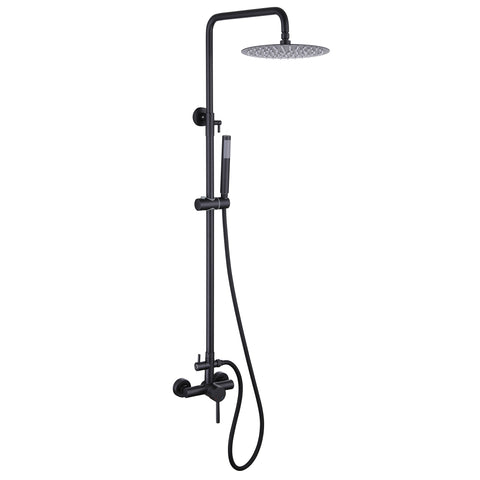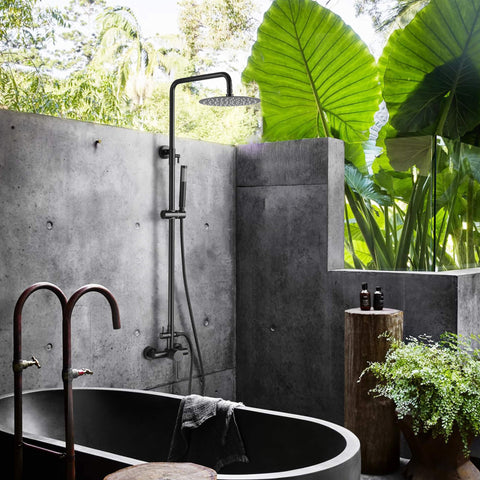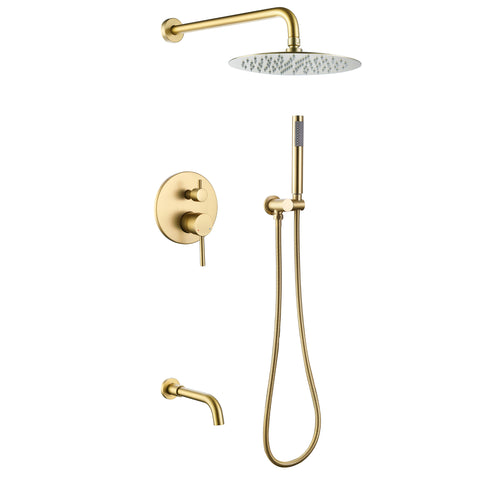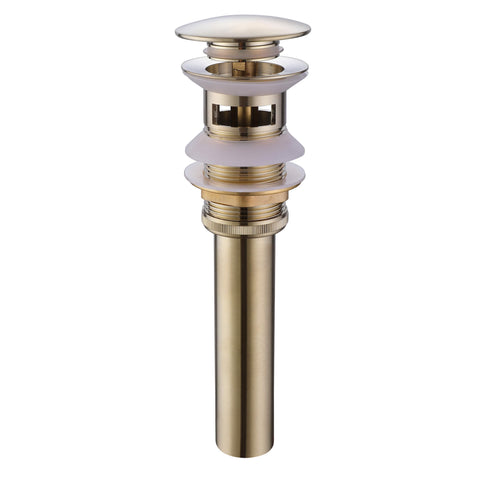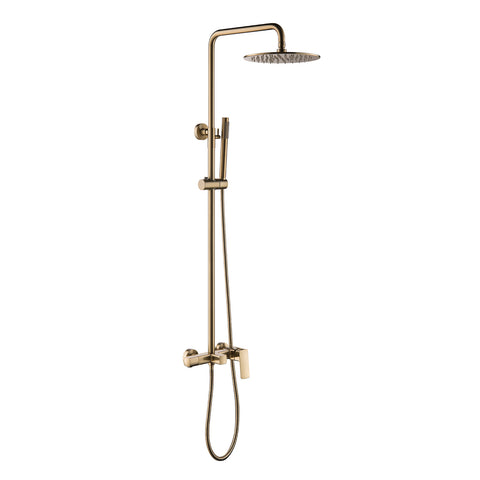The Ultimate Guide: How to Install a Freestanding Bathtub Faucet
A freestanding bathtub faucet can add a touch of elegance and luxury to your bathroom. It's both stylish and functional—perfect for modern design lovers and renovation projects. In this step-by-step guide, we’ll walk you through the full installation process to help you achieve professional-looking results on your own.
Tools You'll Need
- Pipe cutter or hacksaw
- Adjustable wrench & pipe wrench
- Plumber’s tape (Teflon)
- Plumber’s putty
- Level
- Screwdriver
- Pipe reamer
Materials You'll Need
- Freestanding bathtub faucet
- Freestanding bathtub
- Hot/cold supply lines
- Drain assembly
- Sealing supplies (putty, tape)
Step-by-Step Installation
Step 1: Choose the Right Location
Select a spot that offers easy access to both the faucet and plumbing lines. Ensure there’s ample clearance between the faucet and tub for filling comfortably.
Step 2: Install the Bathtub
If the bathtub isn’t installed yet, now’s the time. Follow the manufacturer’s instructions to level and secure the tub in place before moving on.
Step 3: Install the Drain Assembly
Attach the drain plug and overflow cover. Apply plumber’s putty to seal joints and prevent leaks.
Step 4: Connect the Supply Lines
Wrap Teflon tape around the threads and connect both hot and cold lines to the floor risers. Tighten with an adjustable wrench—just enough to seal, without over-tightening.
Step 5: Assemble and Install the Faucet
Assemble the faucet as per product instructions. Align vertically using a level and ensure proper height relative to the tub rim.
Step 6: Secure the Faucet
Fasten the faucet to the supply lines and tighten fittings securely. Apply plumber’s tape to reinforce watertight connections.
Step 7: Test for Leaks
Turn on the water and check all joints for drips. If any leaks are found, retighten or rewrap with Teflon tape as needed.
Step 8: Final Touches
Wipe away any excess sealant, polish the faucet body, and do a final check for alignment and stability. You’re done!
Enjoy Your Luxurious Upgrade
Installing a freestanding bathtub faucet is a rewarding DIY upgrade that instantly adds elegance and spa-like comfort to your bathroom. With the right tools and care, you’ll enjoy both functionality and beauty for years to come.
